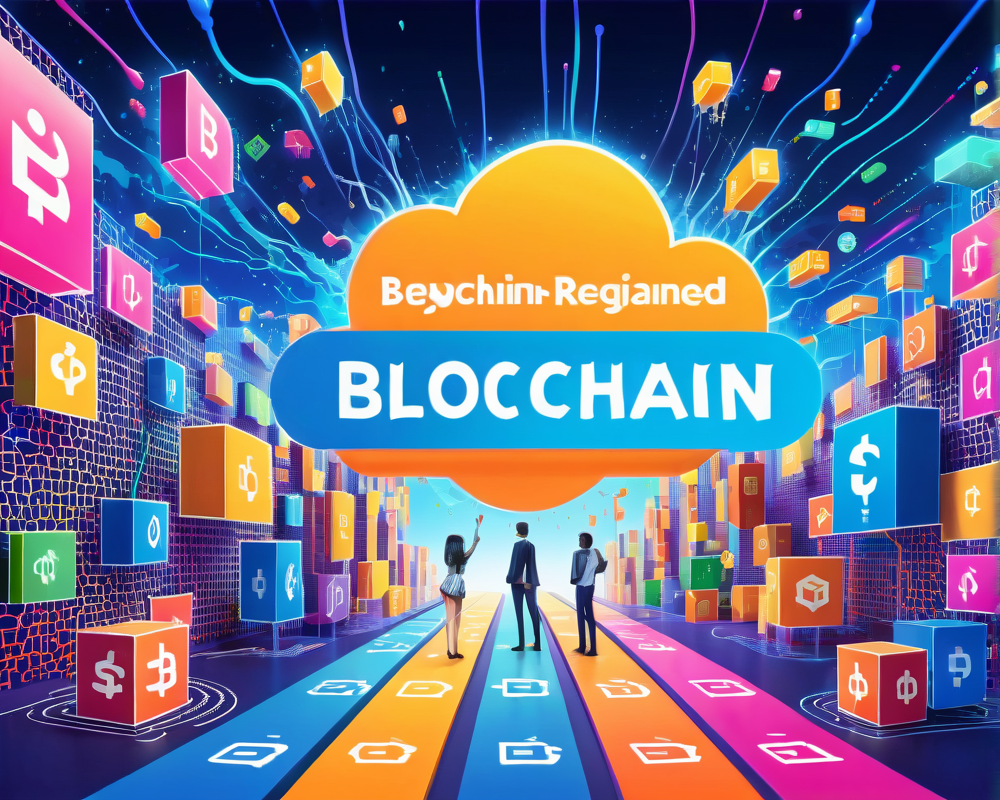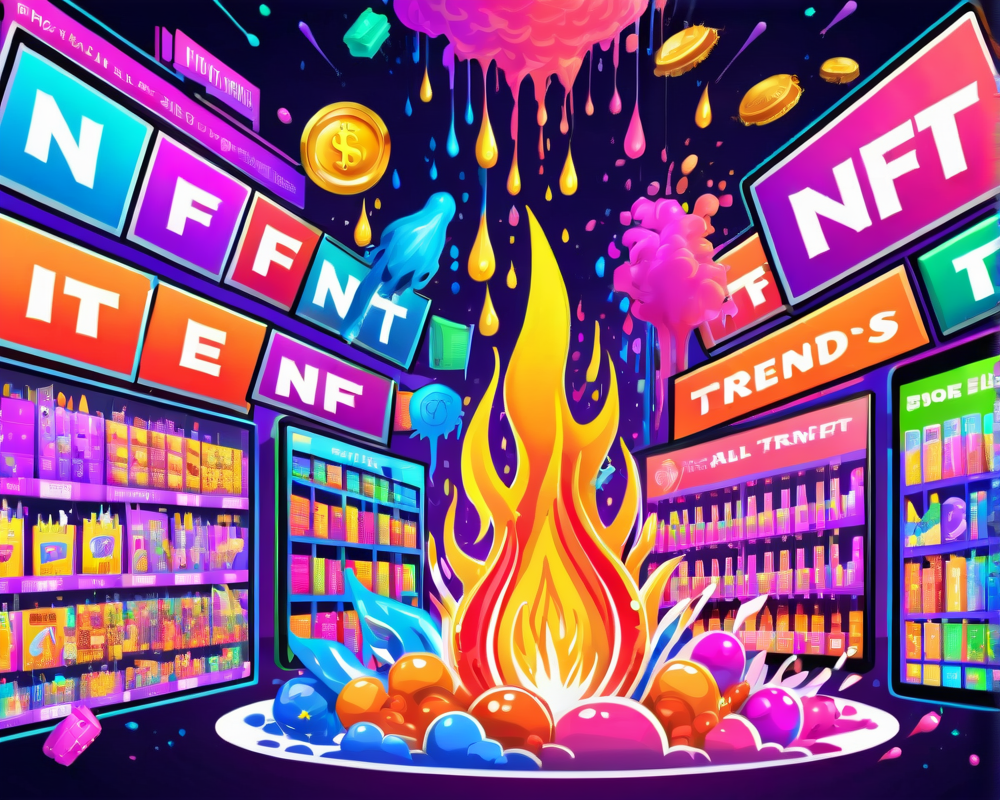The Birth of Bitcoin and the Dawn of a New Era
On January 3, 2009, a mysterious figure named Satoshi Nakamoto mined the first Bitcoin block known as the genesis block. Little did the world know that this digital currency was not just a novelty but the catalyst for a technological gold rush that would sweep the globe. Bitcoin wasn’t merely a currency; it was a culmination of software, a network, and a revolutionary protocol that turned conventional finance upside down.
Disruption in the Tech Landscape
Fast forward to today, and numerous competitors have emerged since Bitcoin’s inception. Yet, they often replicate a vertical integration model that lacks the dizzying innovation spurred on by cloud technology. Blockchain giants like Ethereum and EOS have further disrupted the landscape by offering scalable platforms for diverse blockchain networks. What could possibly come next? Well, let’s break it down.
Understanding Blockchain Basics
At its core, a blockchain functions as a decentralized cipher, implementing peer-to-peer networks and cryptographic technology to secure ownership and maintain a consensus. But here lies the catch: defining blockchain solely through technical jargon can alienate those outside the tech bubble. For most, the appeal of Bitcoin lies in its potential as a scarce digital currency that avoids duplication.
Cloud’s Role in Evolving Technology
The cloud radically changed the game by making complex architectures abstract, offering granular services via APIs. Thanks to cloud tech, developers no longer waste hours micro-optimizing database configurations or wrestling server management. By abstracting away the mundane nitty-gritty, applications focus on unique value propositions rather than getting caught up in system maintenance. So, if the cloud has elevated product development, what functional services might be needed for blockchain to achieve the same heights?
Functionalizing Blockchain
Blockchain functionality can be visualized in two ways: horizontal functional layers and high-level types. In the horizontal layering approach, a blockchain acts as a multi-faceted computing system capable of executing numerous smart contracts and providing strong authenticational and data ordering services. Conversely, taking a high-level approach means isolating core guarantees, like preventing double-spending, as abstract services that any application could seamlessly integrate.
Why Blockchain is the Future of the Cloud
The cloud has undoubtedly expedited product delivery. Still, its inscrutable architectures can create daunting liabilities for sectors that require stringent auditing practices. When cloud systems encounter a hiccup, it’s a toss-up at best—“You had backups, right?”—is not comforting for businesses relying on authenticity and reliability.
That’s where blockchain swoops in like a digital superhero. It prides itself on self-governance and unyielding control, presenting a stark contrast to the vague complexities of cloud services. What if we merge their strengths? Imagine a scenario where 90% of application logic could operate freely while 10% remains solid and straightforward. Is a hybrid model of functionalized blockchain services the key to unlocking a new wave of innovation?
A Vision Forward
This article challenges traditional perspectives on blockchain. Rather than fixating on the literal chain of blocks, it’s crucial to appreciate the foundational concepts such as end-to-end authenticity and data ownership. There’s so much more potential left to explore, and widening the focus towards a product-centric narrative could vastly enrich the industry. As we step into this digital frontier, the excitement is palpable, and the opportunities are infinite.
So here we sit, a few years into a cryptographic renaissance. If you think it’s a wild ride now, just wait—this is only the beginning!




